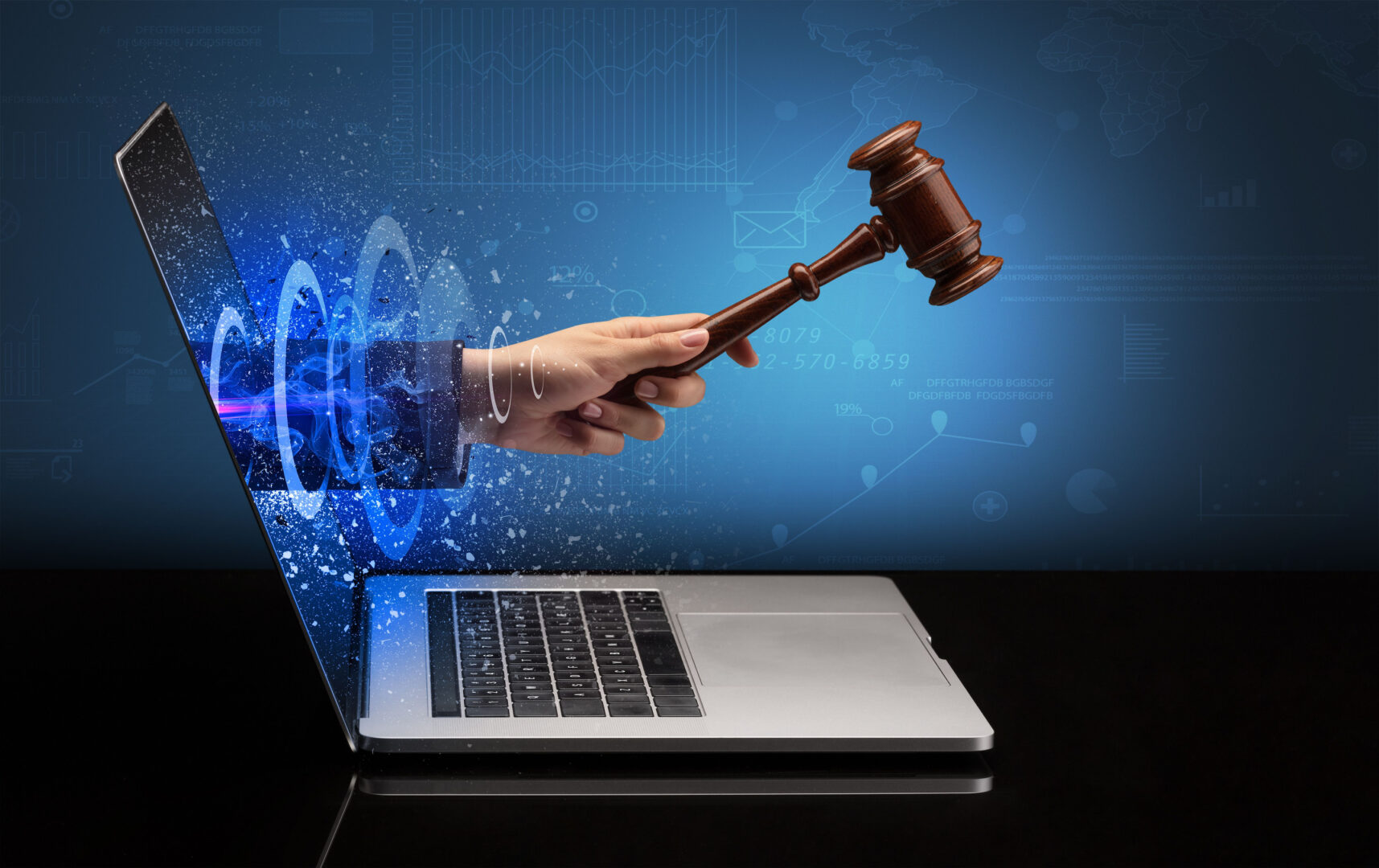
In the Age of Cyberthreats, Healthcare Organizations Must Secure Data At Every Endpoint
Cybersecurity is a hot topic in the healthcare arena, with high-profile breaches at Premara Blue Cross and Anthem highlighting the vulnerability of organizations holding high volumes of sensitive information. The U.S. Department of Health and Human Services reported 235 breaches in 2015 involving more than 112 million health records – 100 times more than any other year. And 8 out of 10 of the largest healthcare hacks ever happened last year. To address the issue, the HHS is putting together a Health Care Industry Cybersecurity Task Force as part of the Cybersecurity Information Sharing Act of 2015. Yet in 2016, the biggest threats to healthcare data security so far are something far simpler: theft, misplaced laptops, and even garbage








